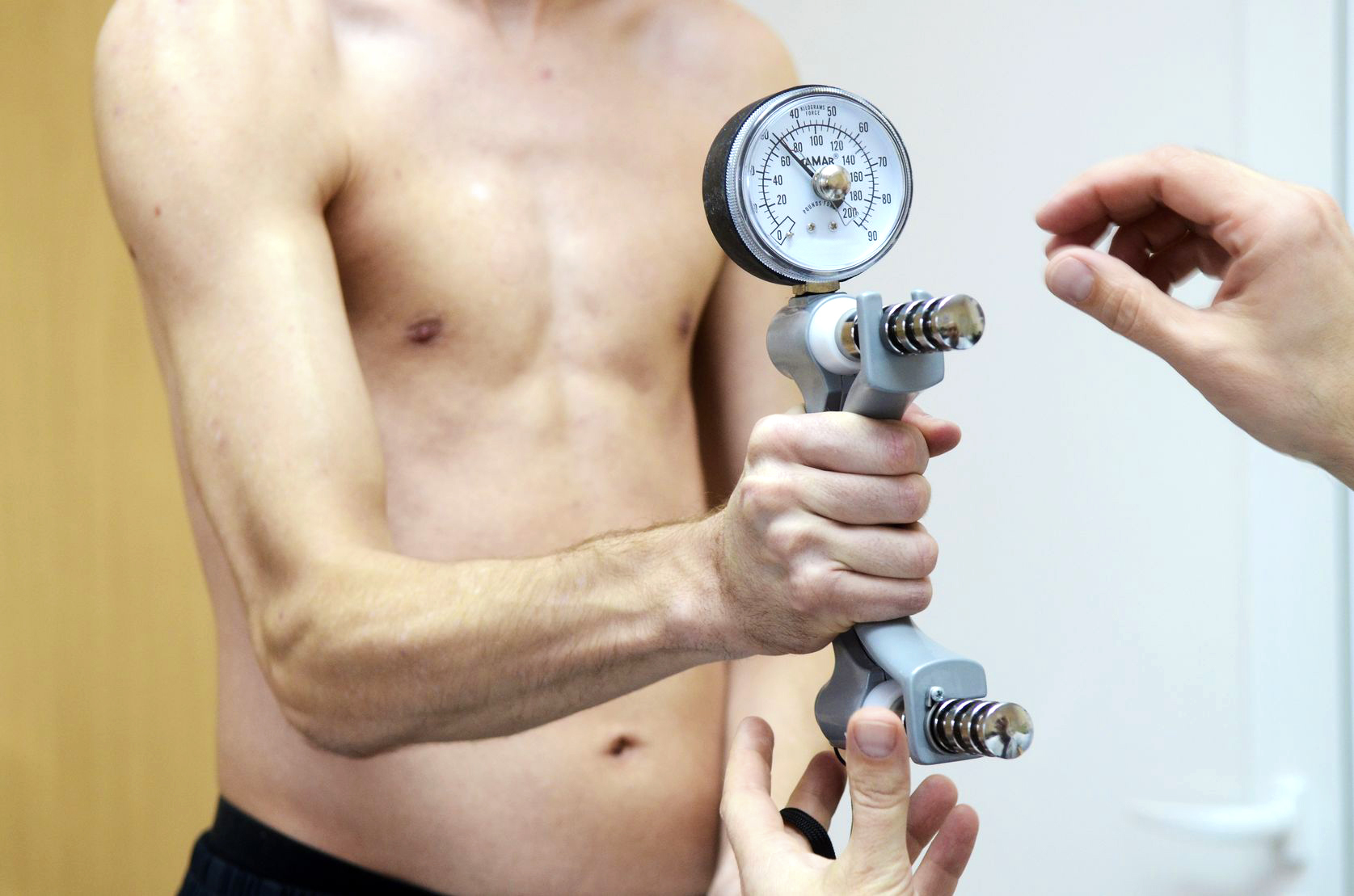
Isometric assessment of muscular function using a handheld dynamometer (HHD) is frequently used in clinic environments. However, there is controversy in terms of the validity of isometric assessment to monitor changes in dynamic performance. One repetition maximum (1RM) is considered the gold standard for evaluating dynamic strength, though clinicians do not often use 1RM testing, preferring to be cautious with clients who have preexisting impairments. If strength testing using an HHD could be used to predict 1RM, this may have significant implications for the use of isometric testing to prescribe exercise in clinical environments.
The aim of this study was to establish the relationship and agreement between 1RM and isometric strength scores measured using HHD for the biceps and quadriceps muscle groups and to determine if HHD measurements can be used to predict 1RM. This involved a convenience sample of 50 healthy adults (26 women) aged 19-33 years (mean 23.38 ± 3.11 years) who had their bicep and quads muscle strength tested muscle groups measured by 1RM and isometric maximal voluntary contraction measured using an HHD.
Statistical analysis of the relation between the measures of strength was established using Pearson correlation and a Bland-Altman plot. A linear regression analysis with included covariates (gender, age, resistance training history, and body mass index) was used to derive the prediction equations.
A significant correlation was found between 1RM and HHD scores for the biceps (r = .83, P < .001) and quadriceps muscle groups (r = .82, P < .001). However, strength scores were not in agreement. Linear regression analysis found significance in predicting 1RM from all HHD scores (P < .001). Gender as a covariate significantly influenced the prediction of 1RM for the biceps (P = .005) and quadriceps (P = .003) muscle groups.
There is a significant relationship between 1RM and HHD measures of strength, and measures taken using an HHD can be used to predict 1RM in the biceps and quadriceps muscle groups. The use of an HHD may therefore provide a more accessible alternative to 1RM for muscle strength assessments. Further research is warranted to determine if results are applicable in clinical populations.
No comments:
Post a Comment